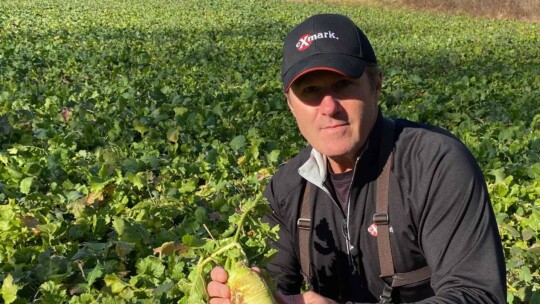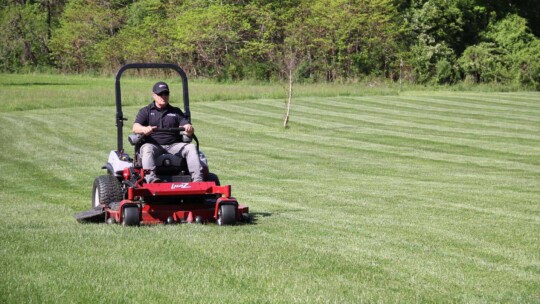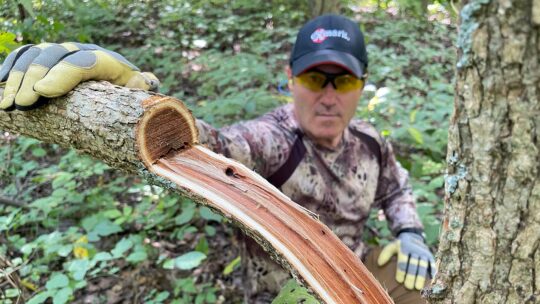Rural living expert Joe Thomas loves his freshly manicured lawn, but the other thing he really loves about his property is the ability to create a backyard wildlife habitat. In this Backyard Life video, Thomas is offering up his top habitat-building tips so you can learn all you need to know to enjoy a wildlife habitat in your own outdoor spaces!
Identify a Space for Your Wildlife Habitat
Thomas’ first tip is to determine the best spot(s) on your property to attract wildlife. Even if you don’t have hundreds of acres to set aside, Thomas says providing a backyard wildlife habitat is still within reach. “As a matter of fact, you can accomplish a lot with a patch that is no bigger than the size of your bedroom.” He explains that a space that size is big enough to “provide cover for rabbits, pheasants, quail and white-tailed deer.”
Cover vs. Cutting
Next, Thomas says you have to know when to cut and mow, and when to let nature provide wildlife cover. “Let’s face it, wildlife prefer to be solitary and, if there is less activity, there is going to be more animals around,” he says. That’s why he personally lets 10-15% of his remote, 25- acre property grow up with tall grass and blackberry bushes. However, he recognizes this can provide some challenges getting around. “This stuff can become impenetrable,” he explains. That’s why Thomas recommends cutting trails with a mower that’s up to the job. “I maintain designated walking trails through my grass and high cover, and I cut with my Exmark mower.” He says cutting just a few times a year keeps his trails in prime shape for bird watching, hiking and wildlife feeding areas.
Add Food to Attract Animals
“I have a clover plot I like for deer, turkey, and things like that,” says Thomas. “Or, even something as small as a bird or deer feeder can make a big difference.” But, Thomas says the key is to keep the food sources close to the habitat cover you’ve created. “Then, if the trails you cut lead to it, it’s magic,” he says. “It’s like having the dinner table right next to the bedroom, and the animals will love it.”
While Thomas’ pointers on how to create a backyard wildlife habitat may take a little planning and some work, your family and the wildlife will enjoy the results for years to come!



